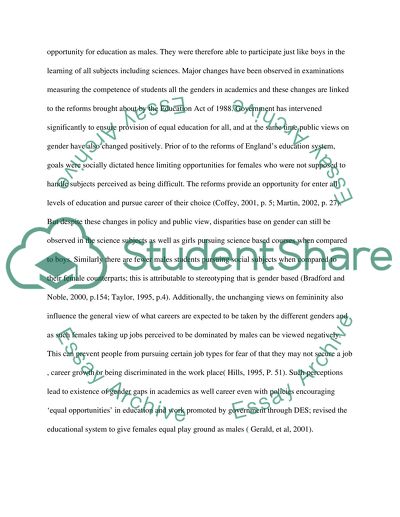Cite this document
(“Females and Science GCSE'S Literature review Example | Topics and Well Written Essays - 1500 words - 1”, n.d.)
Females and Science GCSE'S Literature review Example | Topics and Well Written Essays - 1500 words - 1. Retrieved from https://studentshare.org/education/1643210-females-and-science-gcses
Females and Science GCSE'S Literature review Example | Topics and Well Written Essays - 1500 words - 1. Retrieved from https://studentshare.org/education/1643210-females-and-science-gcses
(Females and Science GCSE'S Literature Review Example | Topics and Well Written Essays - 1500 Words - 1)
Females and Science GCSE'S Literature Review Example | Topics and Well Written Essays - 1500 Words - 1. https://studentshare.org/education/1643210-females-and-science-gcses.
Females and Science GCSE'S Literature Review Example | Topics and Well Written Essays - 1500 Words - 1. https://studentshare.org/education/1643210-females-and-science-gcses.
“Females and Science GCSE'S Literature Review Example | Topics and Well Written Essays - 1500 Words - 1”, n.d. https://studentshare.org/education/1643210-females-and-science-gcses.


